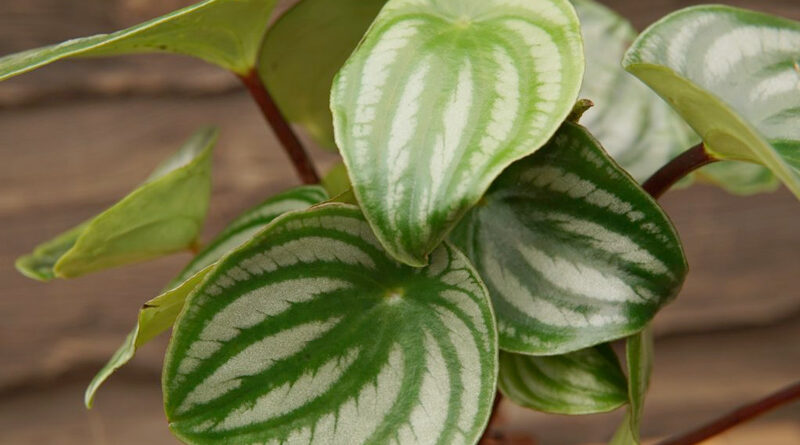Gardening in February
February is the month of love so let’s talk about which plants fancy each other and which should not be encouraged to co-habit.
Companion planting is the practice of growing different plants together for mutual benefit. Most research is based on vegetable gardens but the concept also benefits ornamentals. Most of the theories are based on observations rather than science but the benefits are still very real, practiced by Organic Growers and even large scale agriculture to this day helping to know what plants are good friends or not. Briefly – Lettuces are popular with everything, parsley likes carrots, onions, tomatoes and roses but doesn’t enjoy mint. Tomatoes and basil are great together and thyme brings out the best flavour of strawberries. Some plants protect others by repelling pests or attracting beneficial insects and pollinators. Examples are sunflowers, marigolds, Zinnia and Lavender. Nasturtiums are well known for attracting aphids, thereby keeping them away from other garden plants, also known as a trap crop. Plants that are not able to be planted successfully together are Beans, Broccoli and Cauliflower with Peppers, Chives, Garlic, Leeks or Onion with Peas etc.
Pep up your indoor environment with our range of Peperomia, on special this month. These plants, native to Mexico, South America and the Caribbean, have fleshy drought tolerant leaves. They are easy to grow and come in a range of leaf shapes and variations that are beautifully coloured. Growing Peperomia in medium to bright indoor light maintains the leaf colour and well drained indoor soil mixture prevents water logging, avoiding root rot and fungus gnat. As with most indoor plants allow these plants to dry out between watering.
Even though the February heat does not help the garden, you can still extend the flowering season of Petunias, Marigolds, Vinca, Salvia and Portulaca by dead-heading and nipping back. Plumbago, Salvia, Tecoma and Barleria will be starting their late summer blooming period.
Red spider mite thrives in dry heat. This 8-legged mite is difficult to spot until the damage to leaves is well advanced. They produce a silky web under the leaves that protects the mite. Piercing mouth parts suck sap, usually from the softer underside. The mite does not thrive in moist conditions so control by maintaining humidity around the plant. Insecticidal soap or Neem oil will also help control this seasonal bug organically on vegetables and other edibles. Keeping plants adequately watered is important as water-stressed plants are far more likely to be affected. Chemical control includes applying Makhro Seizer, a contact and stomach miticide. Remove surrounding weeds as they can act as host plants as well.
Saving your hard work and investment in plants in your garden over the hottest and driest Western Cape months of February and March requires a little gardening knowhow. Despite the immediate consideration of watering your flagging parts more why not use water retention granules / liquids on lawns and in containers while generous layering of weedfree compost / mulch / Bark or woodchip keep the soil moist and cool by blocking it from the sun and at the same time feeding the soil and suppressing weed growth. Worm Tea is available on tap at both Garden Centres and instantly at a dilution of 1 in 20 boosts the microbial activity in the soil. By using no odour Worm Tea you can expect larger fruit and flowers and healthier hardier plants. Healthy roots = Healthy Plants.





